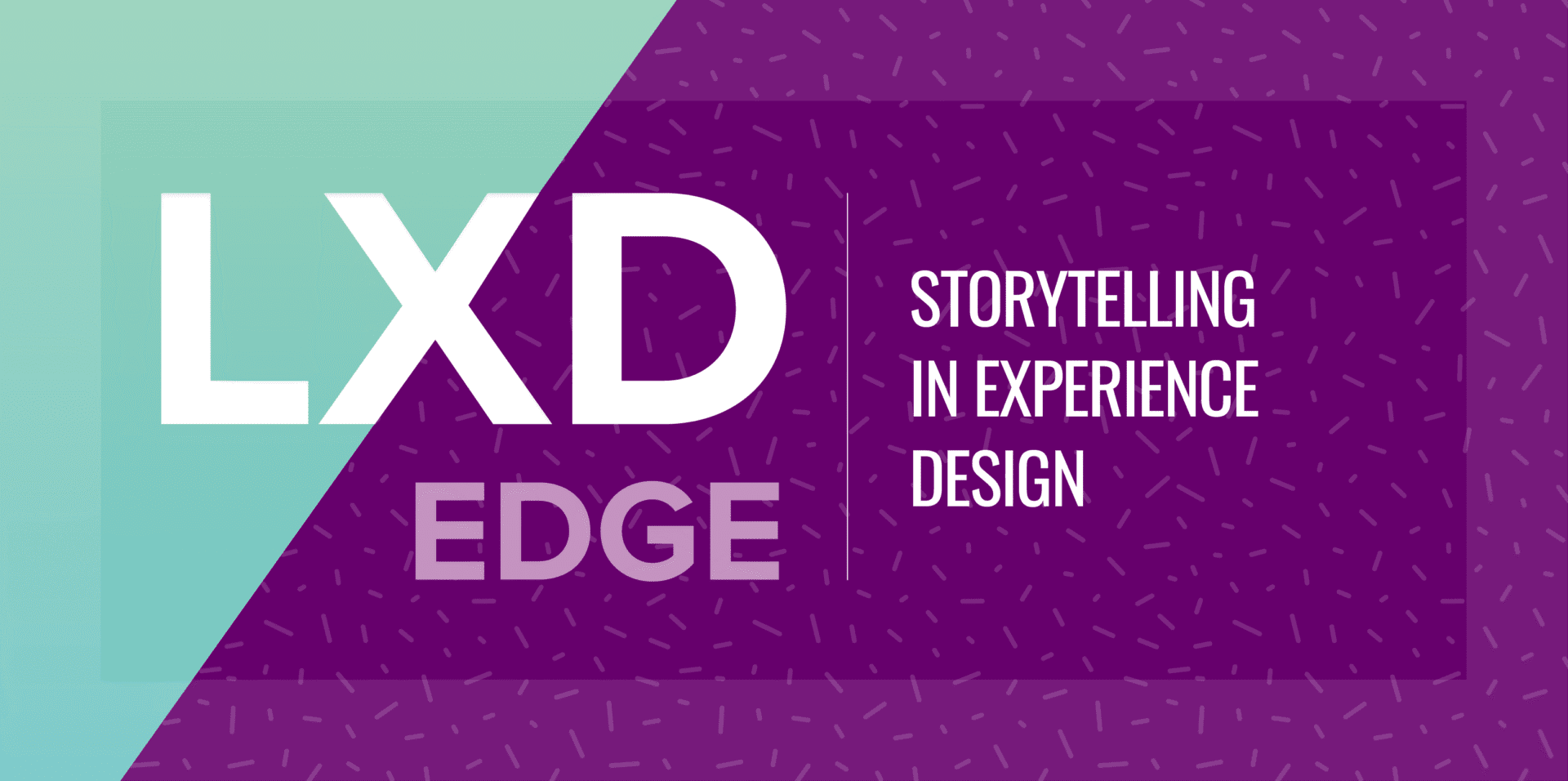
The LXD Edge: Storytelling in Learning Experience Design
The art of storytelling has connected people since the beginning of time. A well-told story can take a dull topic and transform it into a captivating narrative. There’s no one way to craft a story – just look at the endless variety of books, shows, and movies. But beyond entertainment, there is also a powerful opportunity for learning.
In the Beginning…
According to the National Storytelling Network, storytelling can be defined as:
“The interactive art of using words and actions to reveal the elements and images of a story while encouraging the listener’s imagination.” (National Storytelling Network)1
What’s fascinating about this definition is that every listener experiences the same story differently. This makes storytelling an incredible way to both engage and teach.
Research shows that stories have a measurable cognitive benefit. According to Stanford Graduate School of Business, stories are up to 22 times more memorable than facts alone2. Because humans are wired to respond to stories, presenting content in a narrative helps learners relate to the topic, understand complex concepts, and retain information longer. Designers can more easily frame their learning content, allowing learners to better understand complex topics. These associations between content and story are important to committing the information to long-term memory.
Using storytelling as a teaching method can enhance retention by up to 70%3.
That said, storytelling must be used strategically. Overemphasizing a story can weaken credibility if it distracts from learning objectives. Objectives should always come first. Stories should enhance those goals, not replace them.
Every Good Story Starts with Once Upon a Time
There are a number of ways to integrate storytelling into learning design:
-
Course narrative: Weave topics into a scenario or storyline that unfolds throughout the course. For example, a cybersecurity training could follow the story of a fictional employee who falls victim to a phishing attack and has to recover.
-
Personal experiences: Designers or instructors can share anecdotes that illustrate a concept in action. A story about a time a project went off track due to poor communication can drive home the importance of teamwork.
-
Historical or public examples: Drawing on events or figures learners may know provides a familiar entry point. For example, a cultural studies course could use the movie Black Panther to explore themes of legacy, responsibility, and global perspective.
Beyond traditional narratives, data storytelling uses visualizations and words to transform numbers into meaning. For content heavy on statistics or metrics, a chart paired with a narrative can turn raw data into insight. Similarly, multimedia storytelling – through graphics, video, or animation – can capture attention and connect learners with messages more quickly than text alone
Turning the Page
While crafting a compelling narrative may feel daunting, anyone can become a strong storyteller with practice. Start by studying the work of great communicators – whether speakers, writers, or journalists. Notice how they engage and persuade through story.
Next, focus on finding your authentic voice. What do you care about? What experiences shaped your perspective? Authenticity resonates with learners and builds trust. Finally, experiment with different structures: try starting in the middle of the action, using a problem-solution arc, or exploring multiple points of view.
The End
Storytelling is one of the most powerful tools in a learning designer’s toolkit. Used thoughtfully, it can elevate even the driest material into something engaging and memorable. So, tap into the stories you know, the ones that inspire you, and start reimagining learning content in a whole new way.

Written by
Kristen Price
Principal Learning Experience Designer
